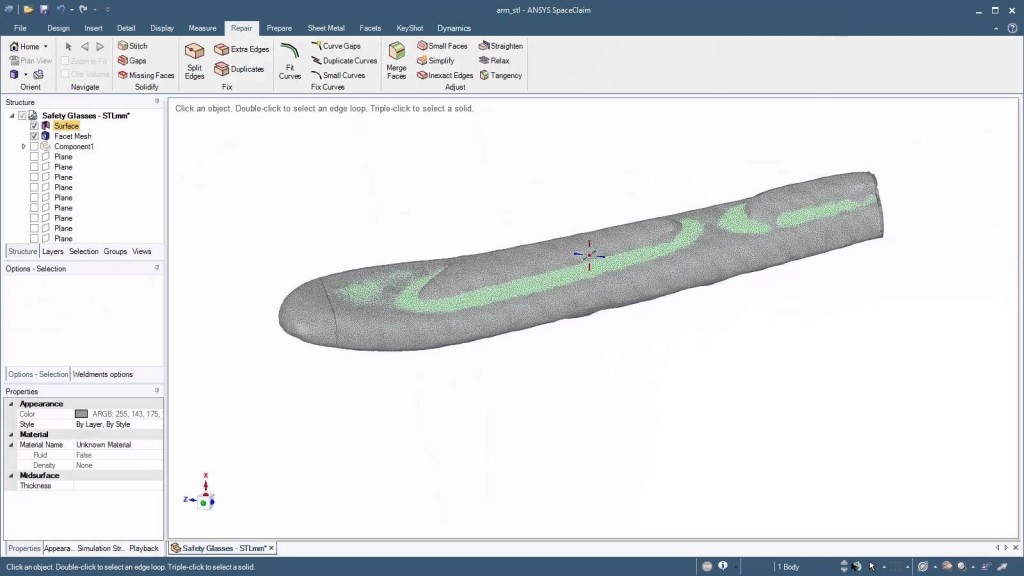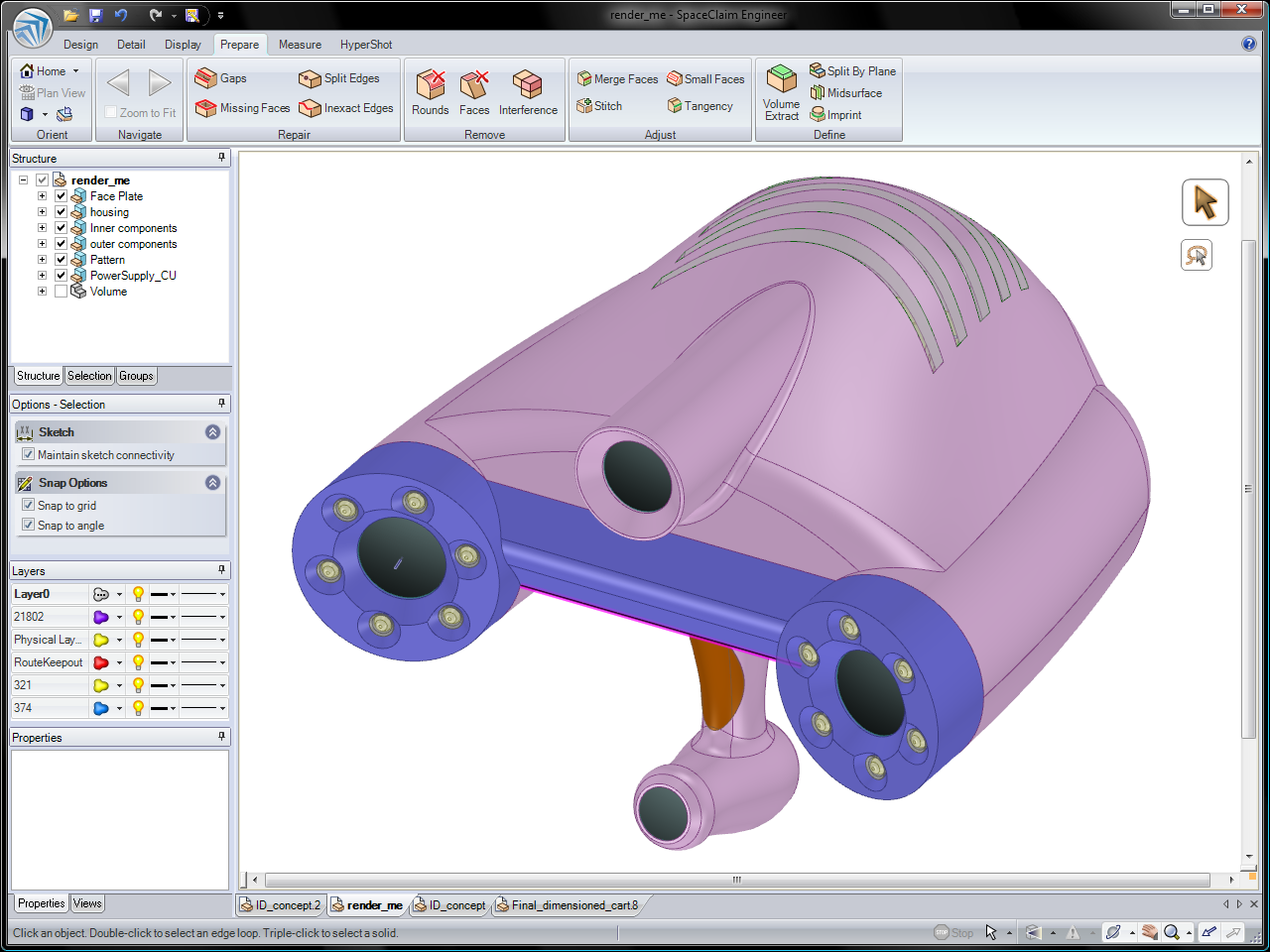

This is especially true in dense 5G-and-beyond telecommunication environments of the future, where a lot of information can be exchanged. All these smart technologies rely on consistent low latency connectivity to expand perception beyond what is directly in front of the vehicle.

Many conversations need to happen between an autonomous vehicle (AV) and other elements within a self-driving ecosystem, enabled by vehicle-to-vehicle (V2V), vehicle-to-infrastructure (V2I), vehicle-to-network (V2N), vehicle-to-people (V2P), and vehicle-to-everything (V2X) smart technologies to ensure safety. Vehicle Connectivity: The Bridge Between AI and AV But one thing is for sure: Advanced simulation of vehicle connectivity, sensor perception, sharing of information, and training AI decision making will have a huge impact on the ultimate delivery of autonomous vehicles. All this activity will be coordinated by artifical intelligence (AI) and a high level of connectivity supported by simulation at every turn - from safety validation to real-world sensor and antenna performance verification. 1Īt this level, we’ve made limited inroads to full autonomy, a huge computational task that will no doubt involve numerous in-vehicle applications requiring near real-time response. By 2025, almost 60% of global new vehicle sales will function at level two autonomy.

To give you an idea of the magnitude of these interactions, in 2019, there were 31 million vehicles operating with some level of automation. Several factors must be considered to reach high levels of autonomy, including advanced sensor technology, precise determinization of vehicle location, up-to-date mapping information, local perception of other vehicles and pedestrians, and planning and decision making.

Connecting information via high-speed wireless network infrastructure so data can be analyzed and shared could very well drive the future of autonomous vehicles.


 0 kommentar(er)
0 kommentar(er)
